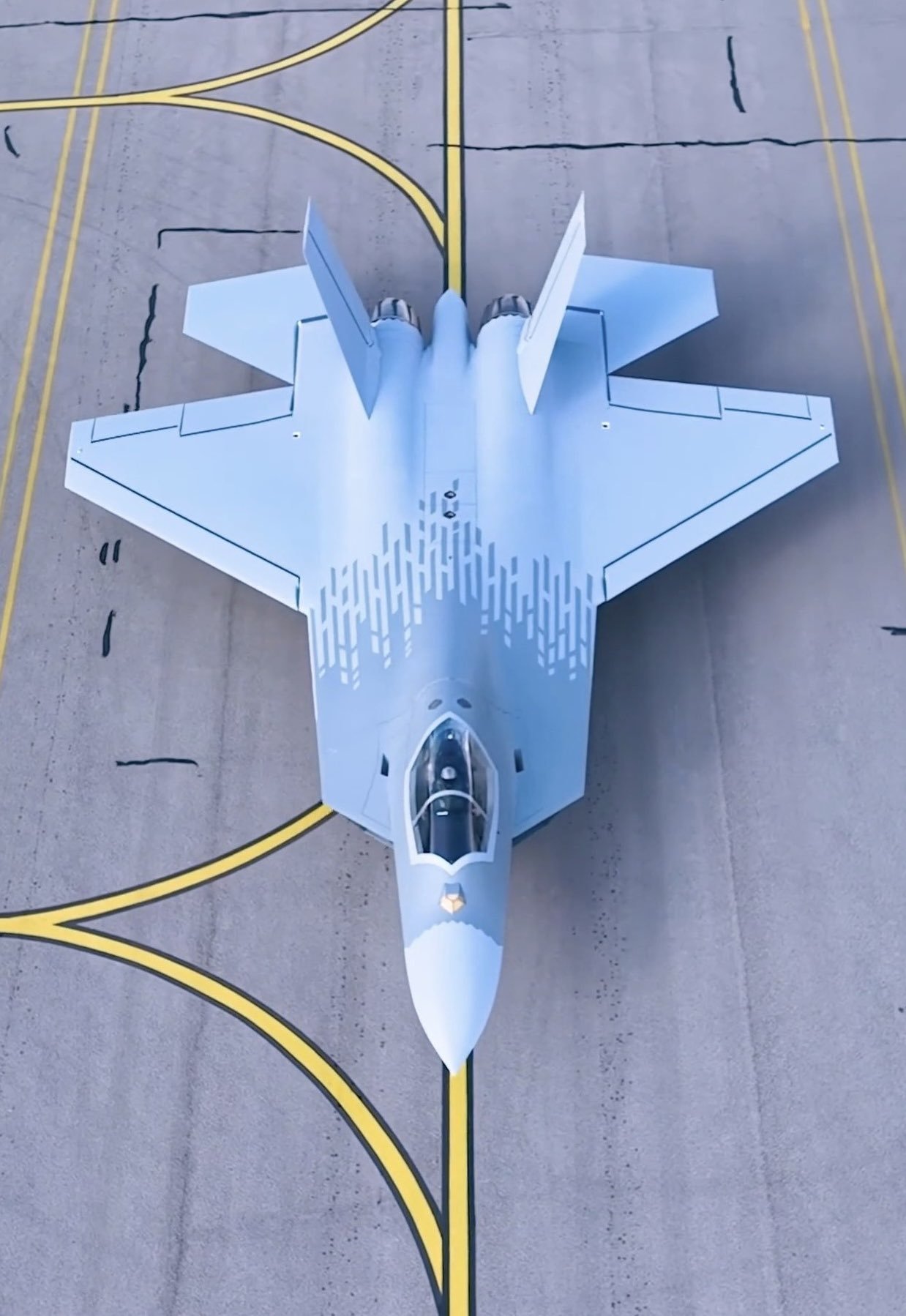The F110 engine uses afterburner to achieve mach speeds which greatly increases its radar visibility. The F-22 uses the F119 engine which provides supercruise (mach speeds without afterburner), greatly decreasing its radar profile and enhancing its stealthiness.
yes I know that. But also remember that supercruise is also dependent on aircraft design, for example, the F-16XL was able to supercruise with the same F110 engines. Whereas the F-35 which probably has the most advanced engine on any aircraft, cannot supercruise.








